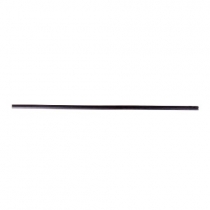-
Welcome to Tacoma World!
You are currently viewing as a guest! To get full-access, you need to register for a FREE account.
As a registered member, you’ll be able to:- Participate in all Tacoma discussion topics
- Communicate privately with other Tacoma owners from around the world
- Post your own photos in our Members Gallery
- Access all special features of the site
My Slow Build/Plan/Wishlist
Discussion in '2nd Gen. Builds (2005-2015)' started by Smar969905, Feb 3, 2014.


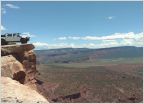 Sacrifice's Crunchy Taco
Sacrifice's Crunchy Taco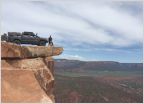 Tretiak30's LT Taco w/37s
Tretiak30's LT Taco w/37s BassAckwards' AWD 6 Speed Supercharged Tacoma
BassAckwards' AWD 6 Speed Supercharged Tacoma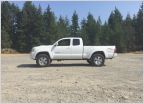 Ethel, the Modest Taco (Build Thread)
Ethel, the Modest Taco (Build Thread)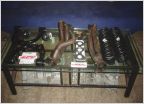 PreRunner mini build
PreRunner mini build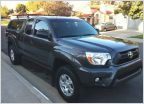 2012 AC TRD 4x4 Build
2012 AC TRD 4x4 Build












































